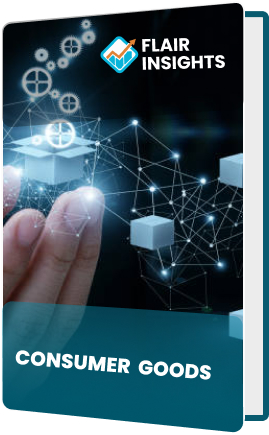
Global Anti-UV Cream Market Size By Type (Gel, Lotion), By Application (Men, Women), By Region, And Segment Forecasts, 2023 to 2032
Report Id: 37308 | Published Date: Apr 2025 | No. of Pages: | Base Year for Estimate: Apr 2025 | Format:
The Global Anti-UV Cream Market was valued at USD 4.8 billion in 2023 and is projected to surpass USD 7.5 billion by 2031, growing at a CAGR of 6.0% during the forecast period from 2023 to 2031. Rising awareness about skin health, the increasing prevalence of skin diseases caused by UV radiation, and growing consumer demand for effective sun protection products are driving market growth. Anti-UV creams offer critical protection against harmful ultraviolet rays, making them a key component in skincare routines across diverse demographics.
Drivers
Increasing Awareness of Skin Protection:
Growing understanding of the long-term effects of UV exposure, including skin
cancer and premature aging, is encouraging the adoption of anti-UV products
globally.
Rising Disposable Income: Economic growth,
especially in developing countries, has increased consumers' purchasing power,
leading to higher spending on premium skincare products, including anti-UV creams.
Technological Advancements in Formulation:
Innovations such as lightweight, water-resistant, and long-lasting formulations
are enhancing product appeal and driving market adoption.
Restraints
High Product Costs: Premium anti-UV creams
are expensive, making them less accessible to middle- and lower-income groups
in certain regions.
Regulatory Challenges: Stricter regulations
regarding the ingredients and claims of skincare products can hinder market
expansion.
Opportunities
Emerging Markets: Untapped potential in
regions like Asia-Pacific and Latin America, where awareness of skincare is
rising, offers significant growth prospects.
Natural and Organic Formulations: The
growing consumer preference for chemical-free and sustainable products is driving
innovation in natural anti-UV cream formulations.
Market by System Type Insights
SPF 30-50 Products: This segment dominated
the market in 2023, as it provides adequate protection for daily use and
appeals to a wide customer base.
SPF 50+ Products: Expected to grow at the
fastest rate due to increased demand for high-protection solutions among
outdoor enthusiasts and those with sensitive skin.
Market by End-Use Insights
Personal Use: The largest segment in 2023,
driven by rising consumer awareness about self-care and skincare regimens.
Professional Use: Includes dermatology
clinics and spas; anticipated to grow as these facilities increasingly
recommend advanced anti-UV formulations.
Market by Regional Insights
North America: Held the largest market
share in 2023, driven by high consumer spending and strong awareness of
UV-related skin issues.
Asia-Pacific: Expected to witness the
highest growth rate, fueled by urbanization, rising disposable incomes, and
increasing adoption of skincare products in countries like China and India.
Competitive Scenario
Key players in the global anti-UV cream
market include L'Oréal Group, Beiersdorf AG, Johnson & Johnson, Shiseido
Co., Ltd., Unilever, and Procter & Gamble Co.. Recent developments include:
In 2023, L'Oréal launched an eco-friendly
anti-UV cream line focusing on sustainability and ocean-safe formulations.
Johnson & Johnson introduced a
mineral-based sunscreen targeting sensitive skin in 2022, expanding its product
portfolio.
Scope
of Work – Global Anti-UV Cream Market
|
Report
Metric |
Details |
|
Market Size (2023) |
USD 4.8 billion |
|
Projected Market Size (2031) |
USD 7.5 billion |
|
CAGR (2023–2031) |
6.0% |
|
Key Segments by Type |
SPF 30-50, SPF 50+, Tinted UV Creams |
|
Leading Region |
North America |
|
Key Players |
L'Oréal, Beiersdorf, Johnson &
Johnson, Shiseido, Unilever |
|
Market Drivers |
Rising Awareness, Disposable Income,
Advanced Formulations |
|
Market Opportunities |
Emerging Markets, Natural Formulations |

Speak with an analyst to get exclusive insights tailored to your needs
.png)
